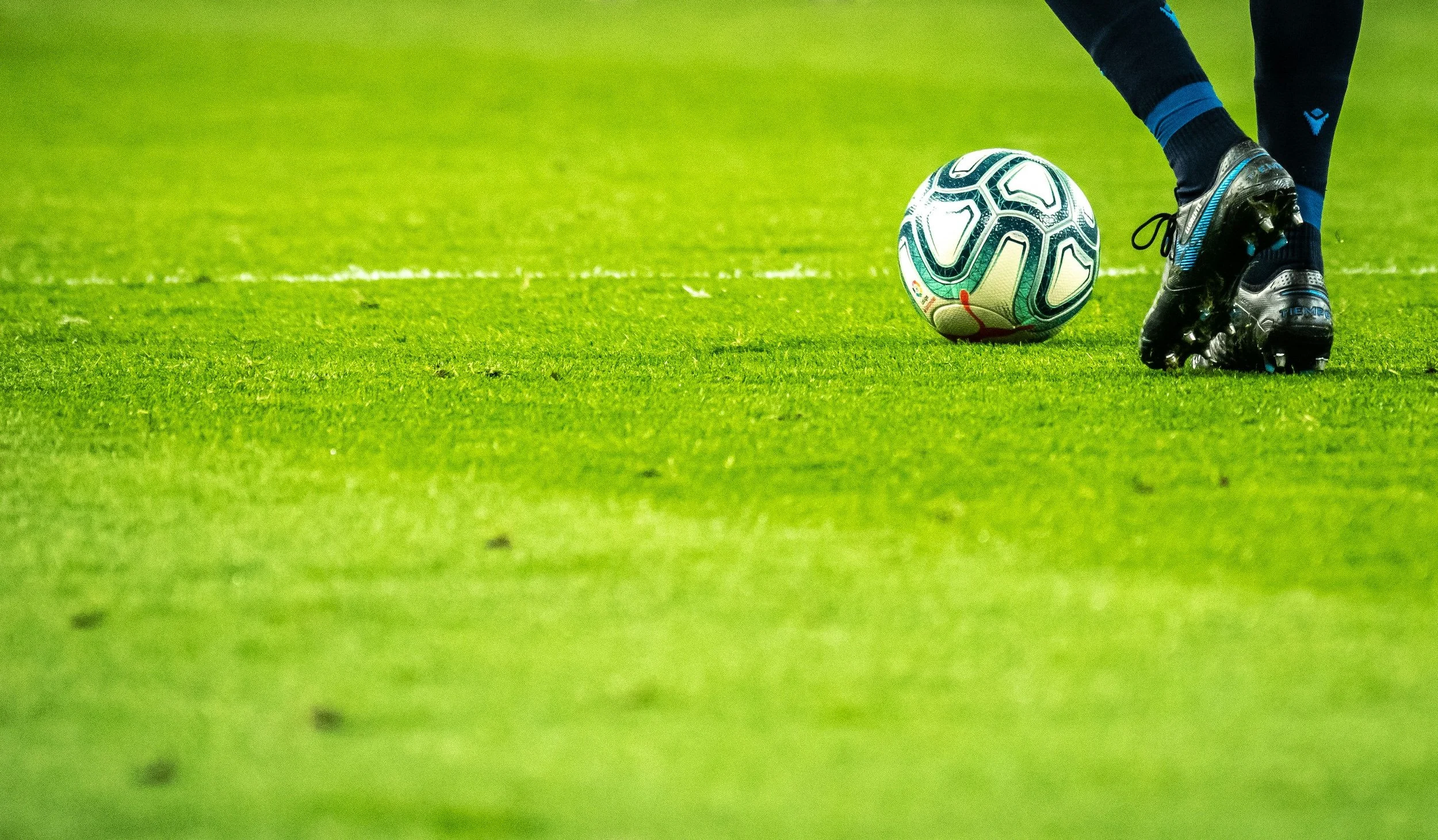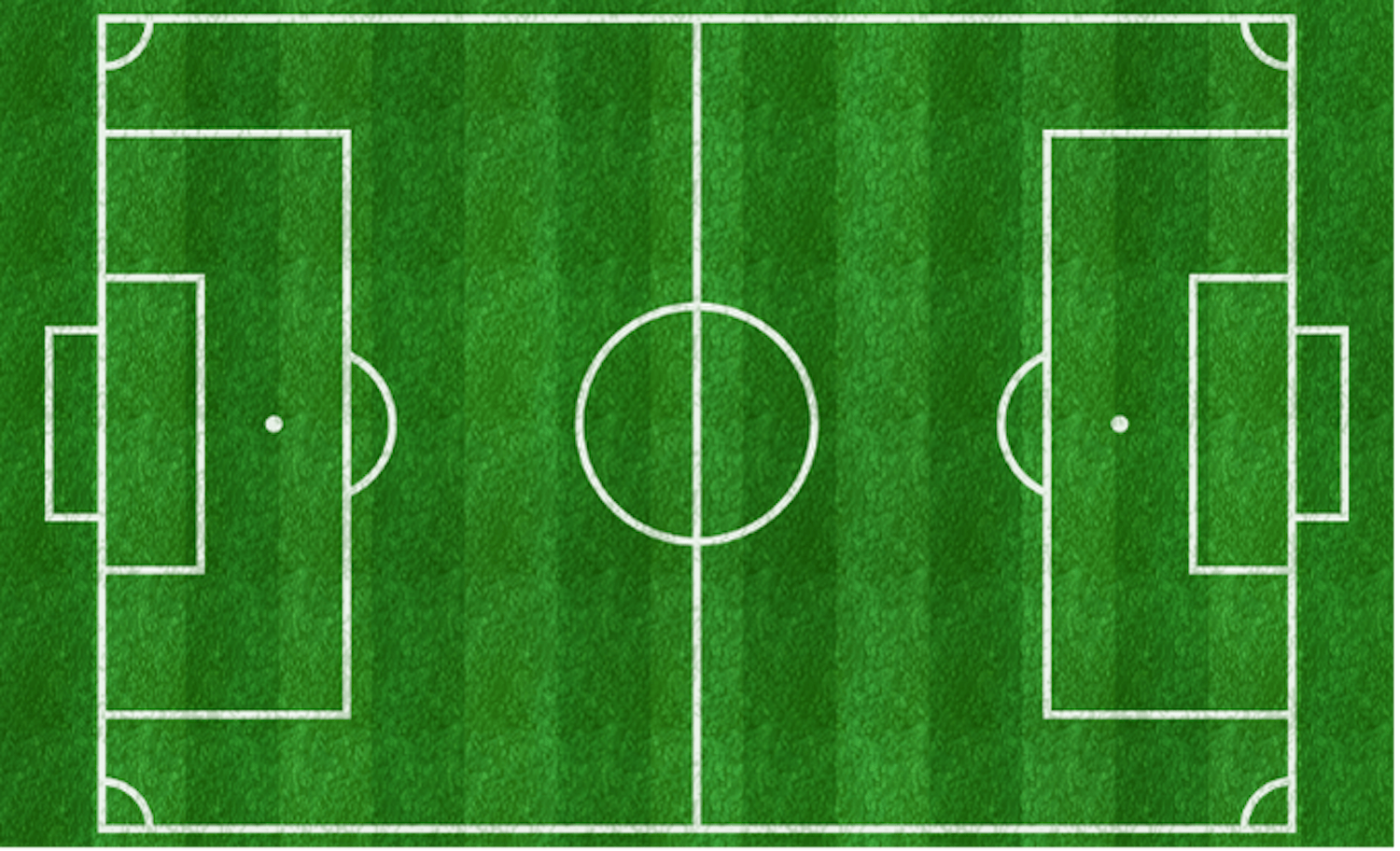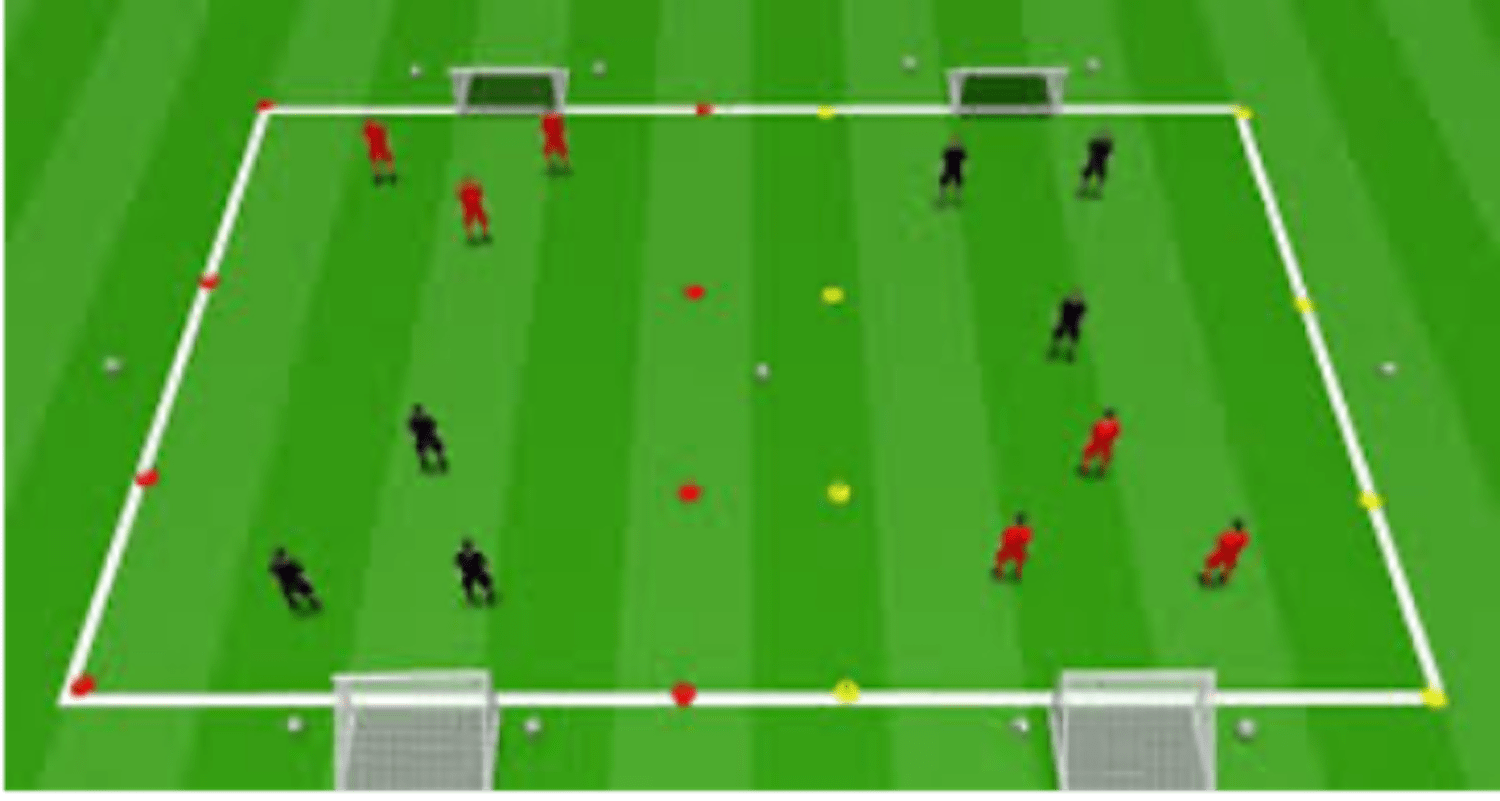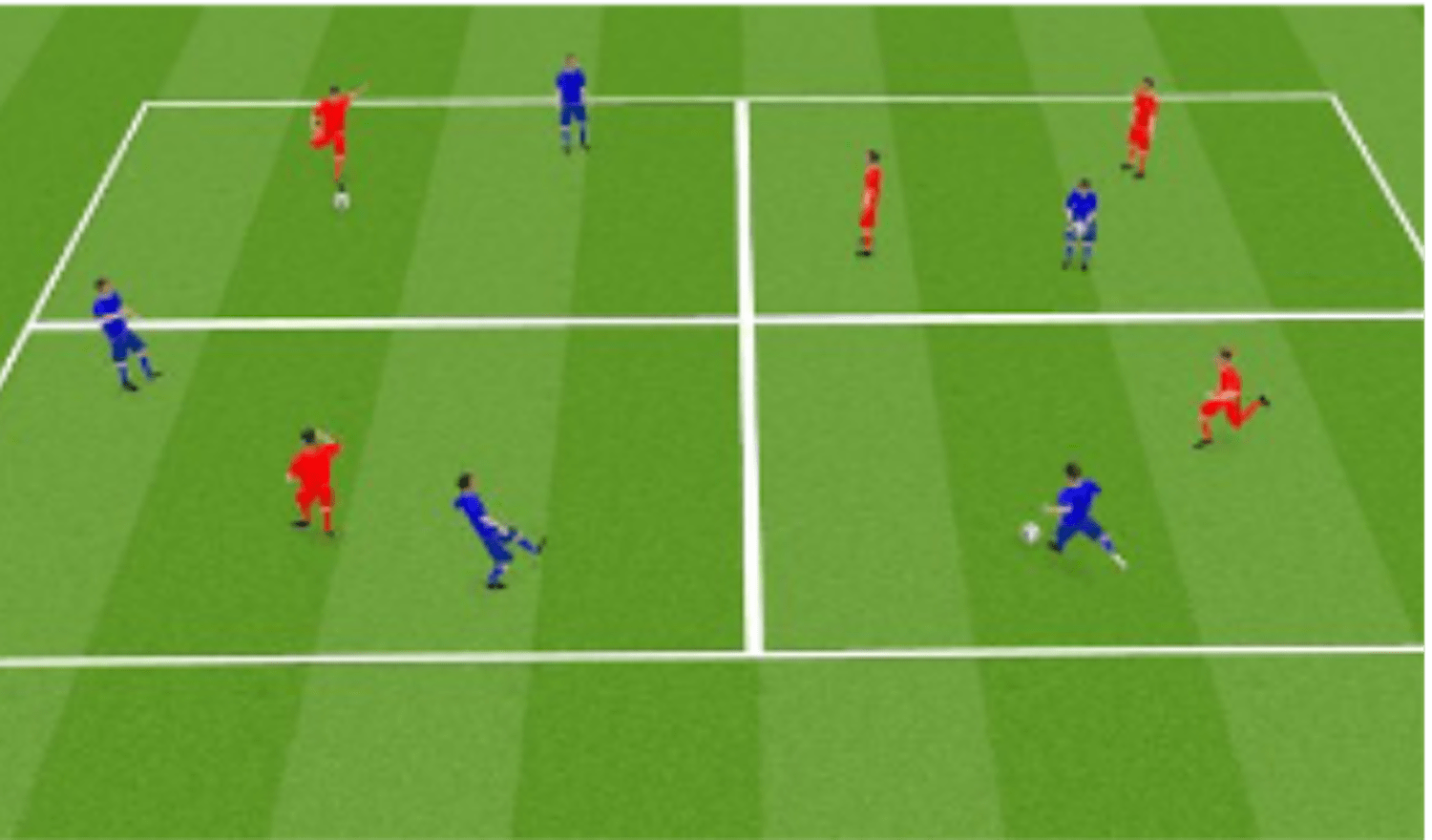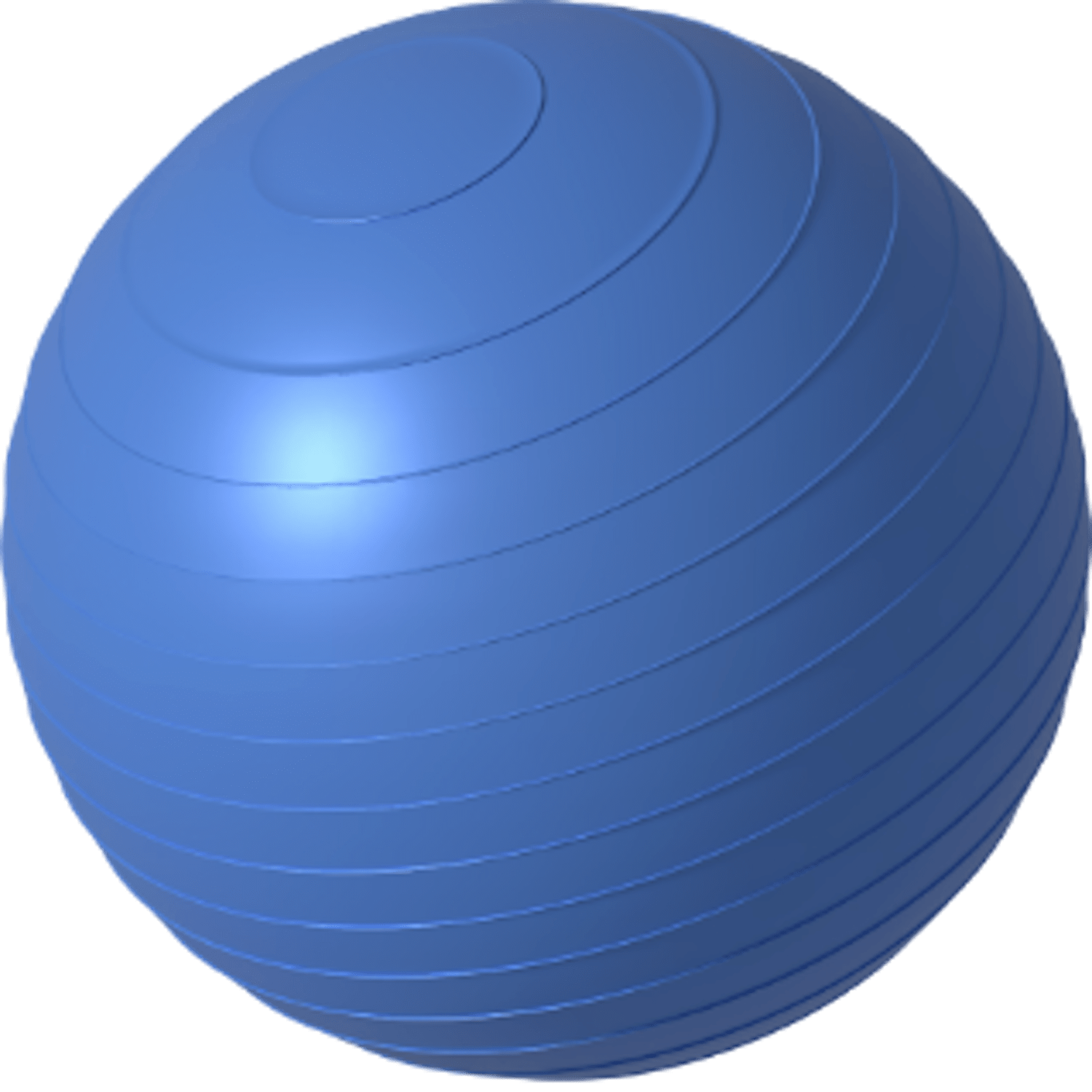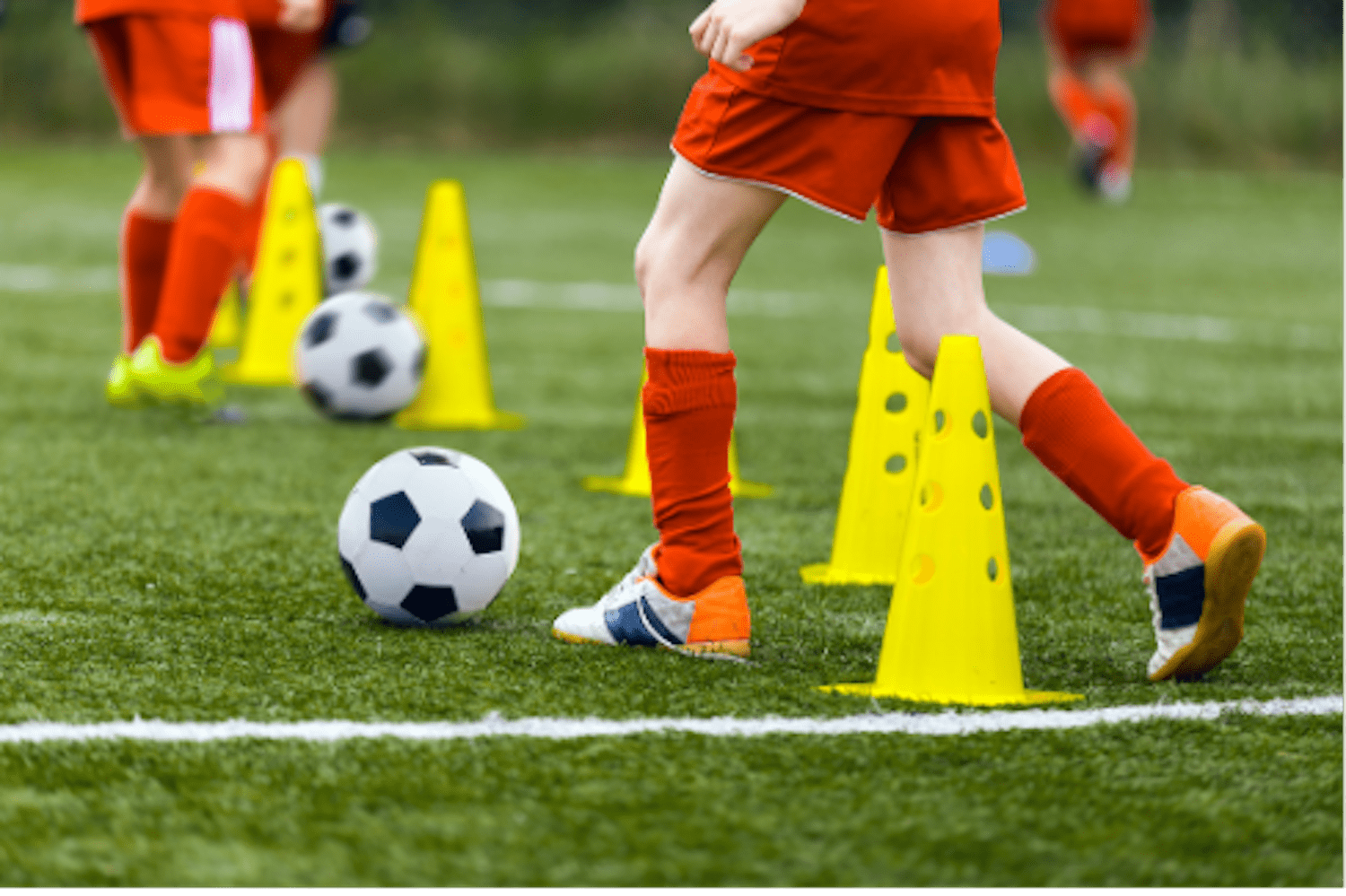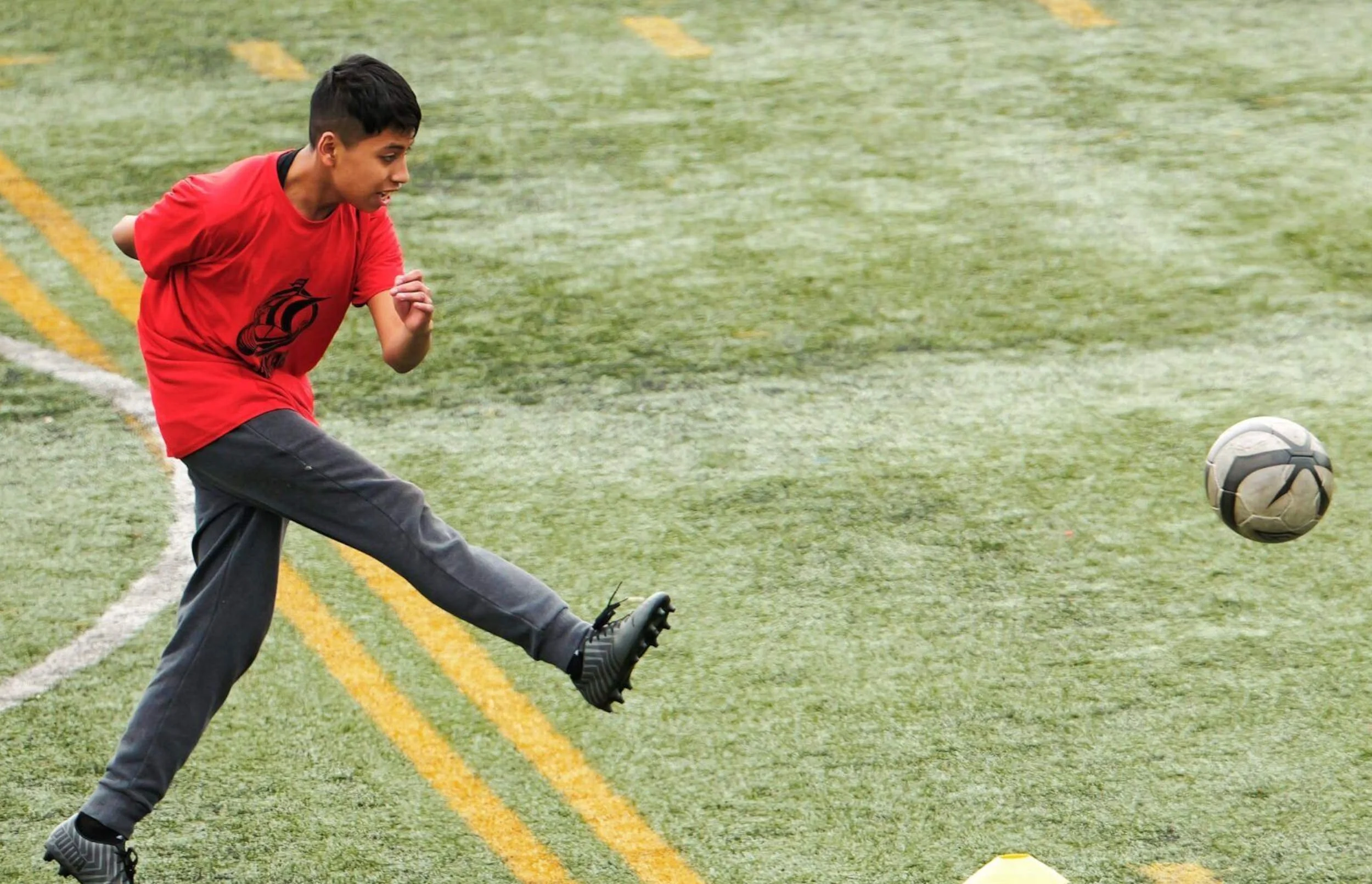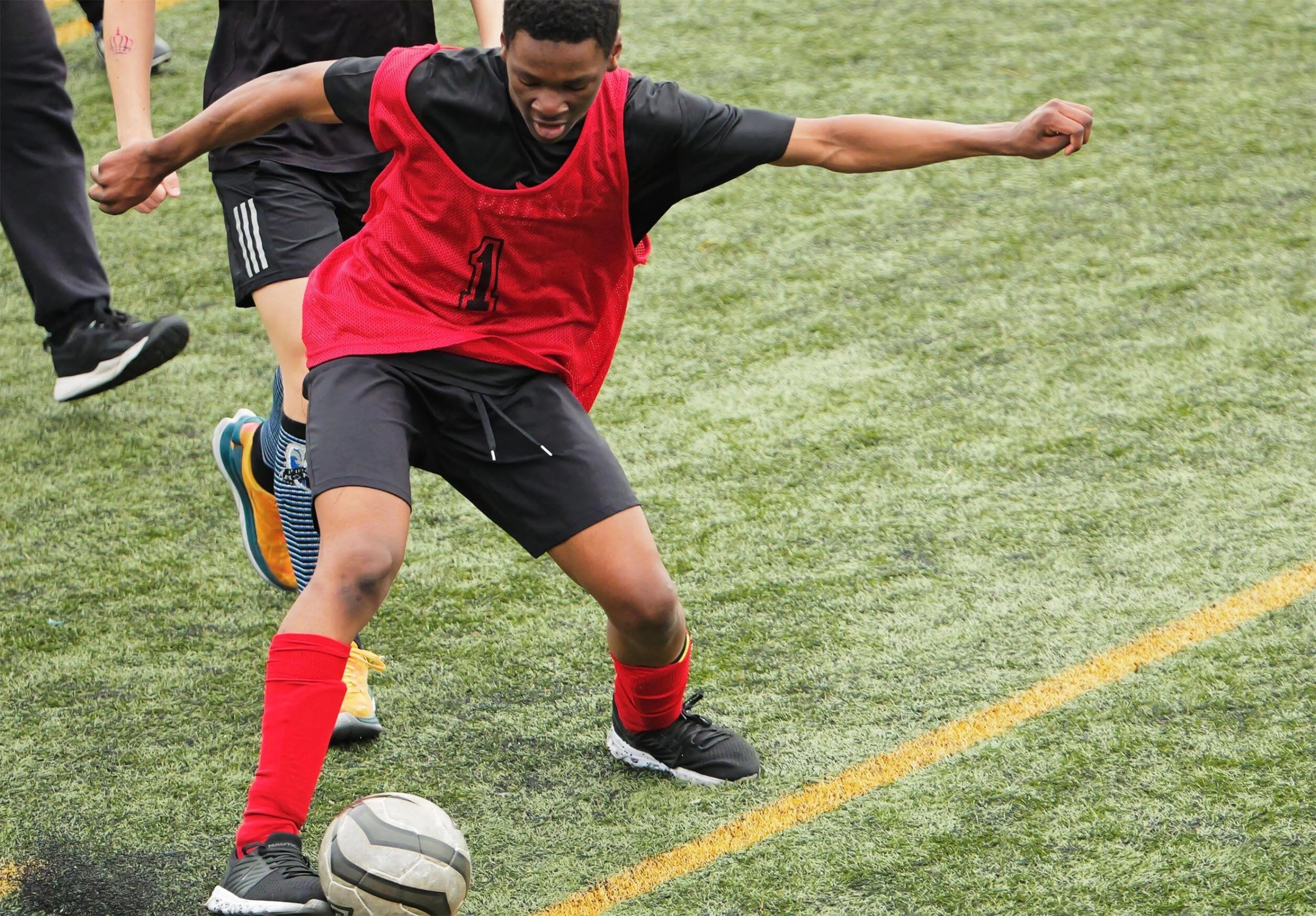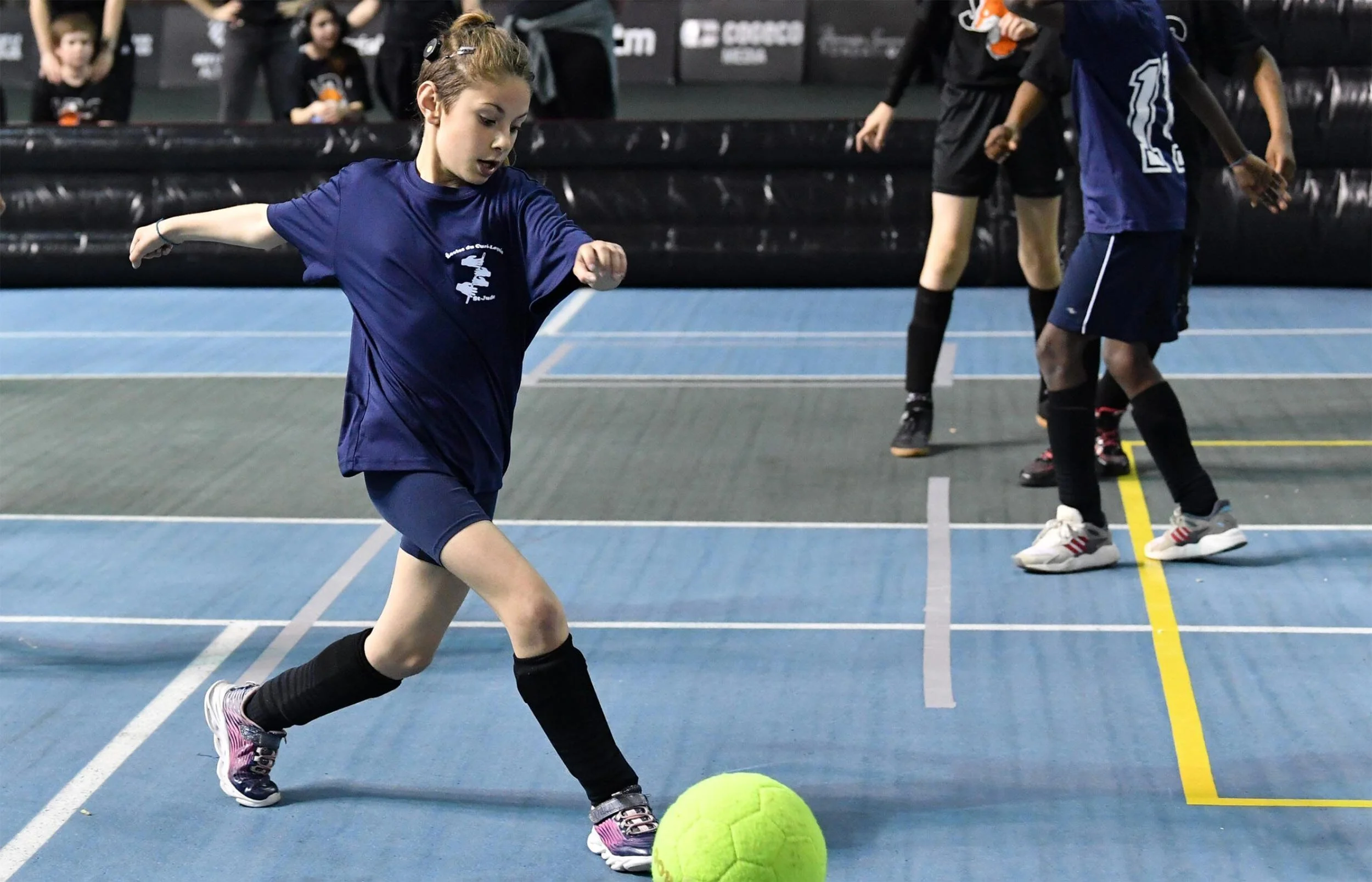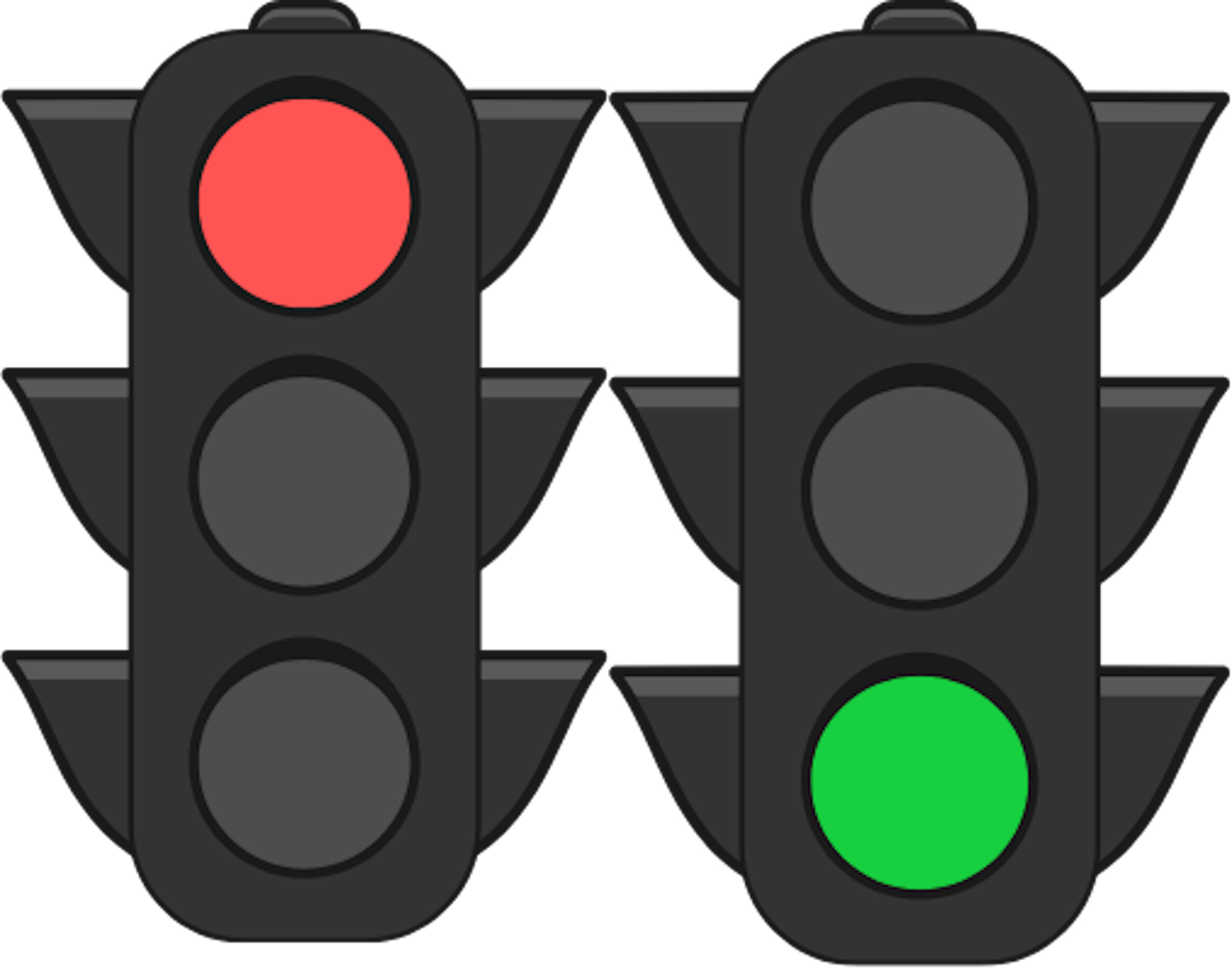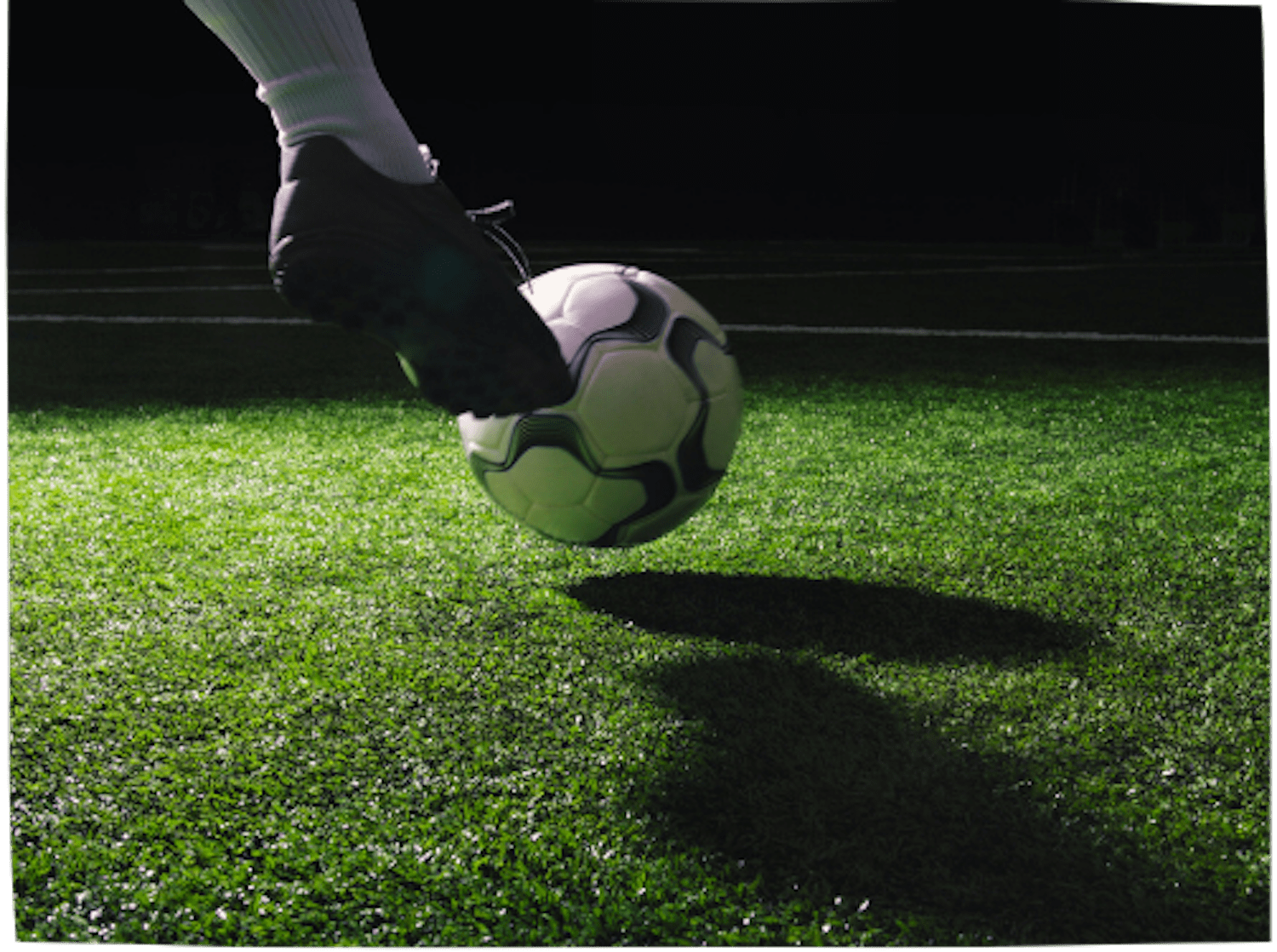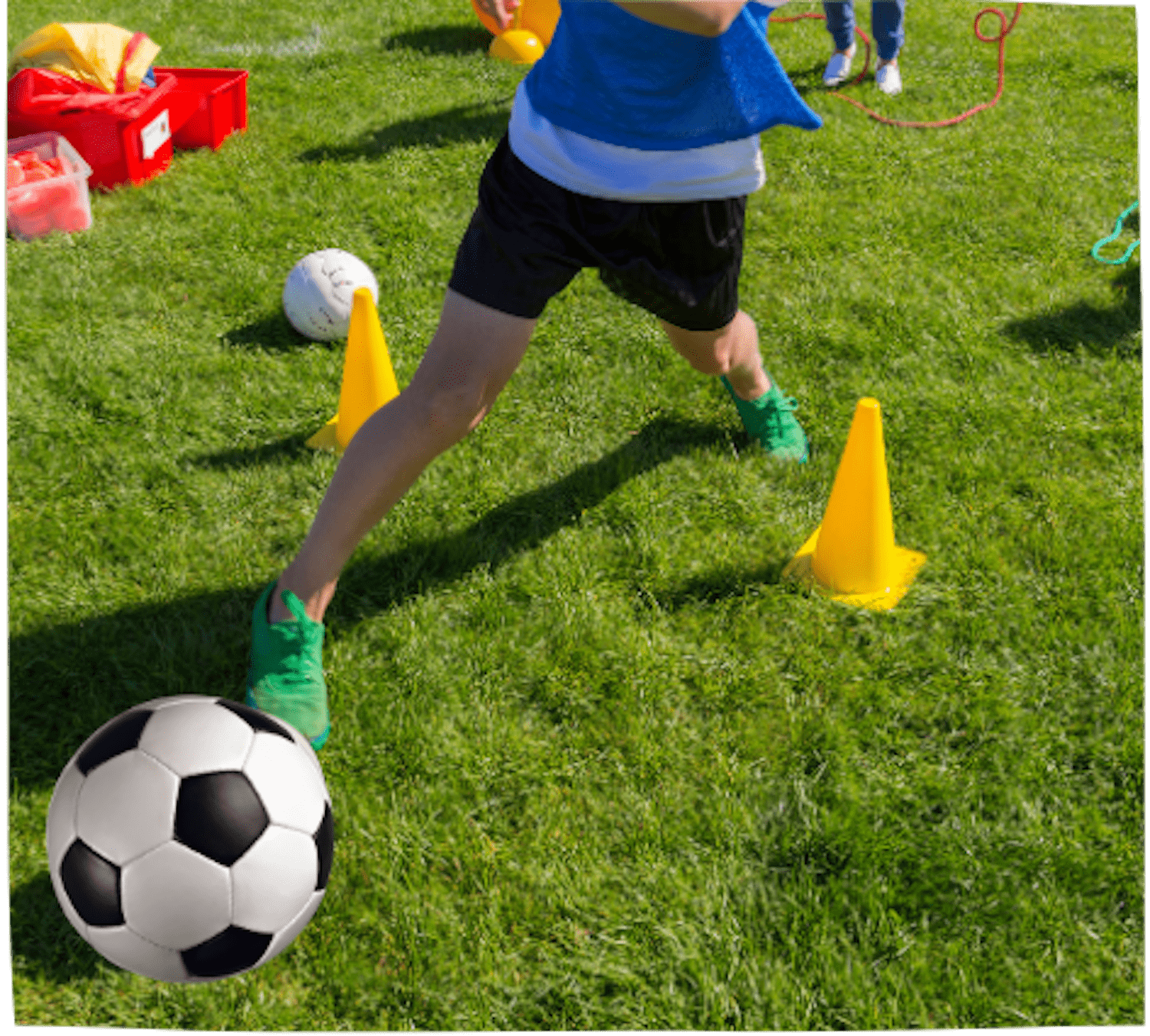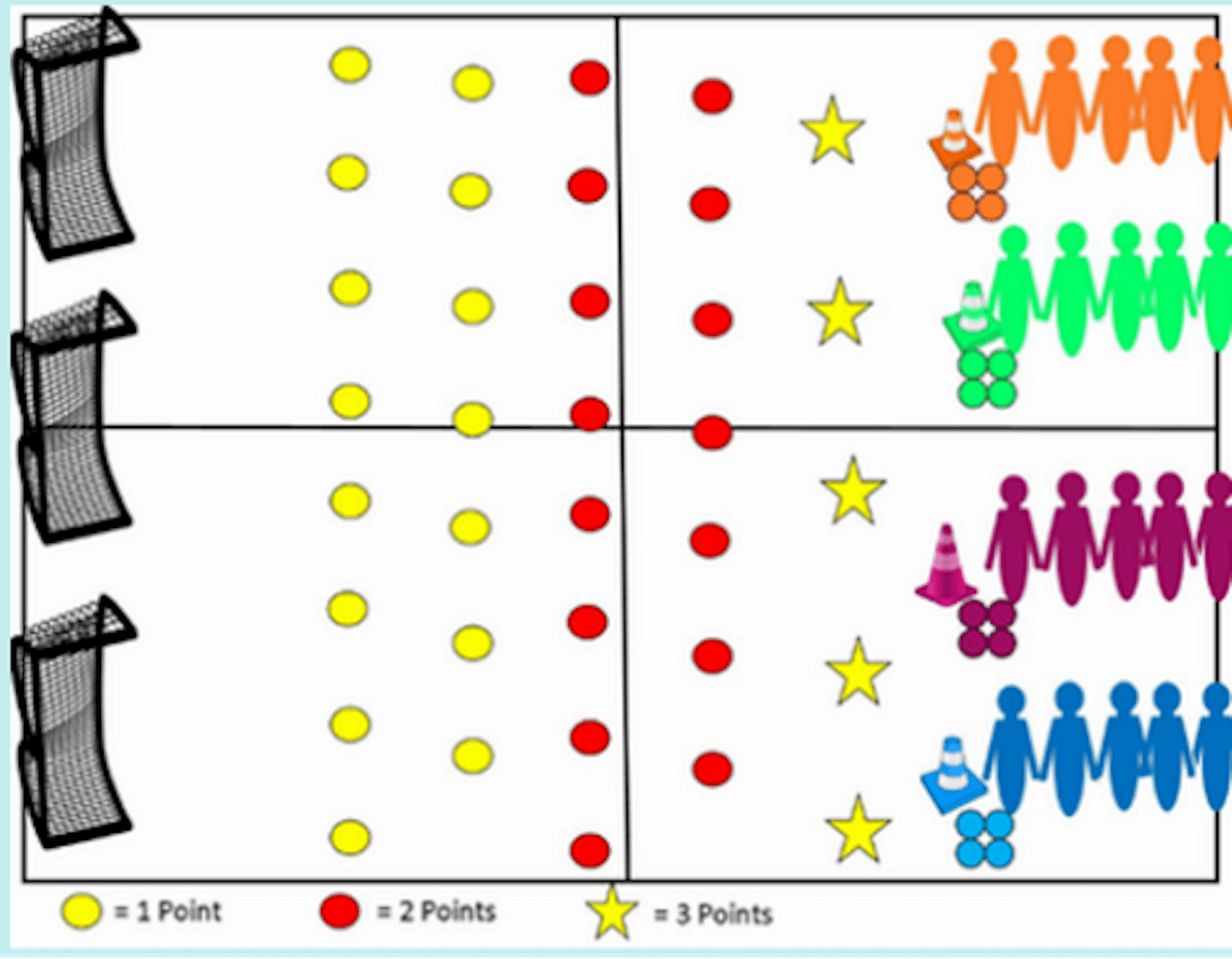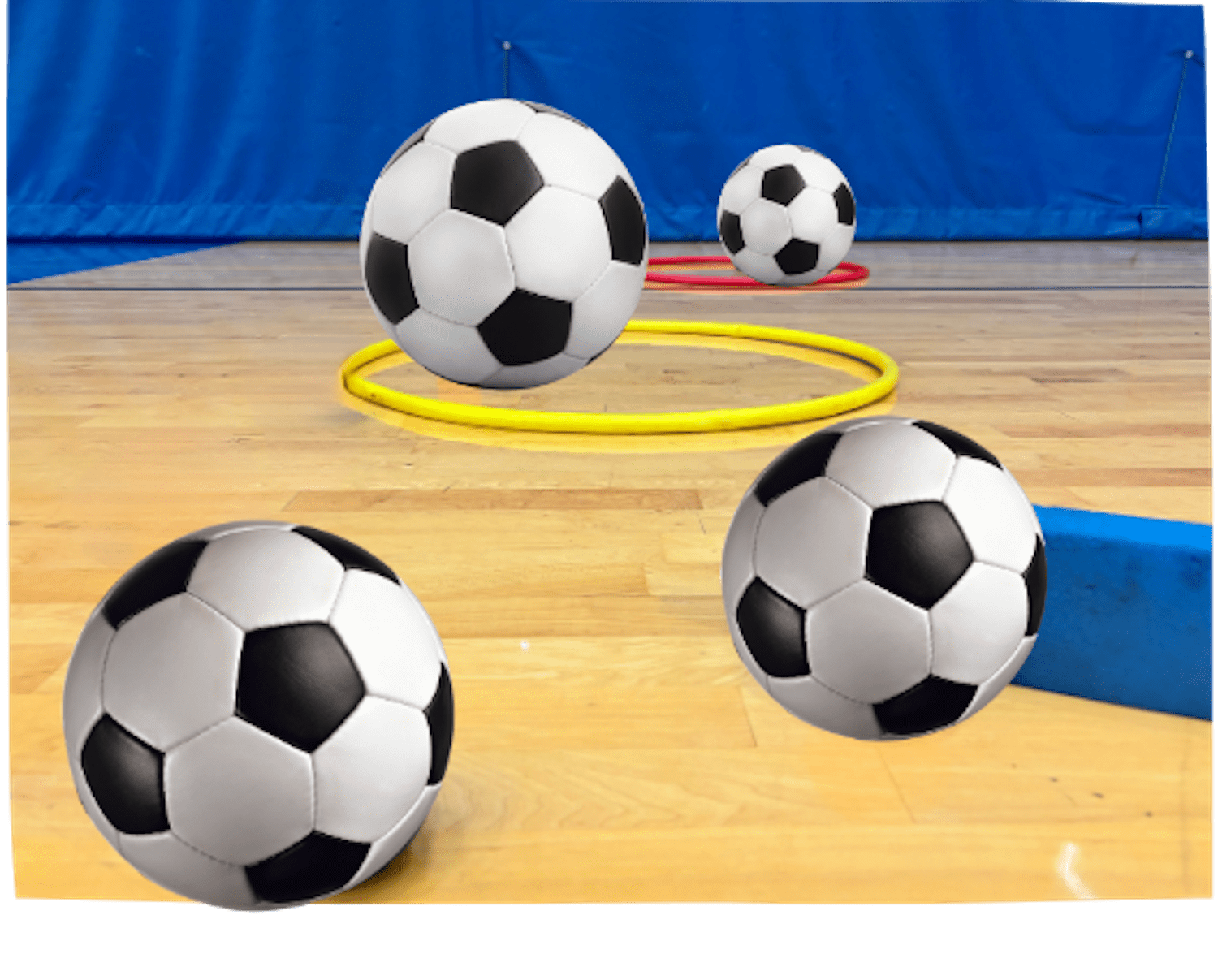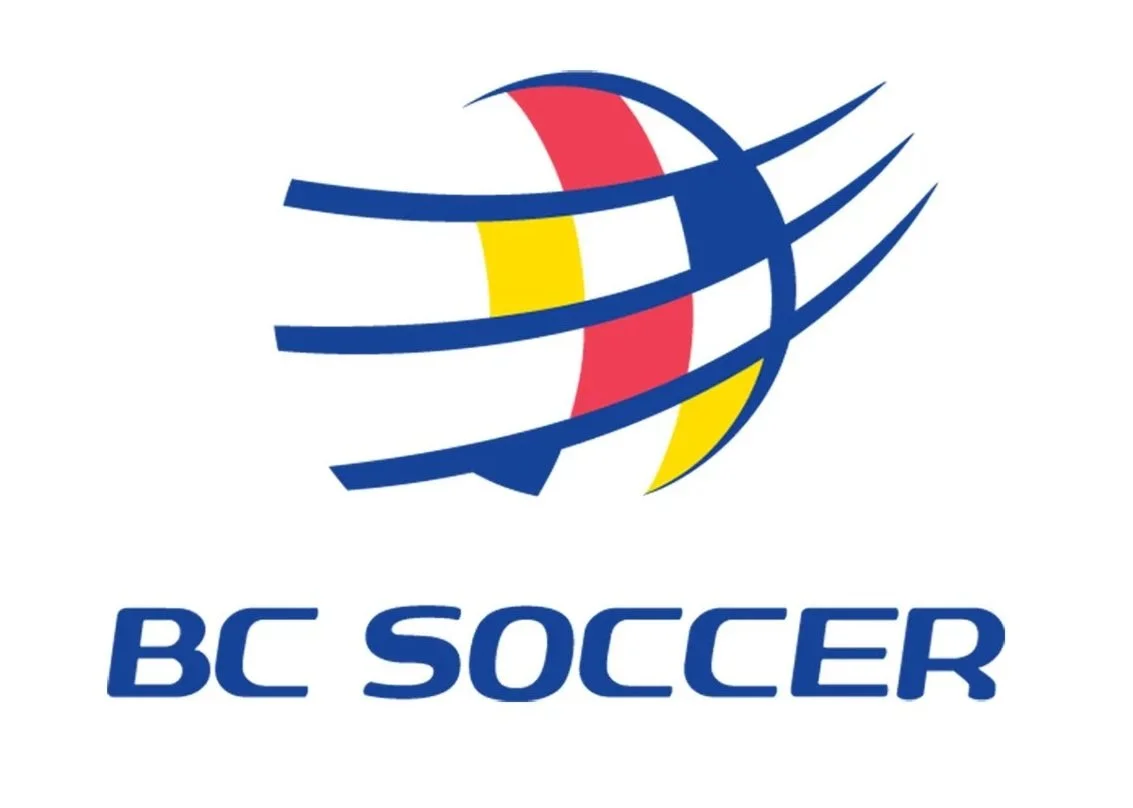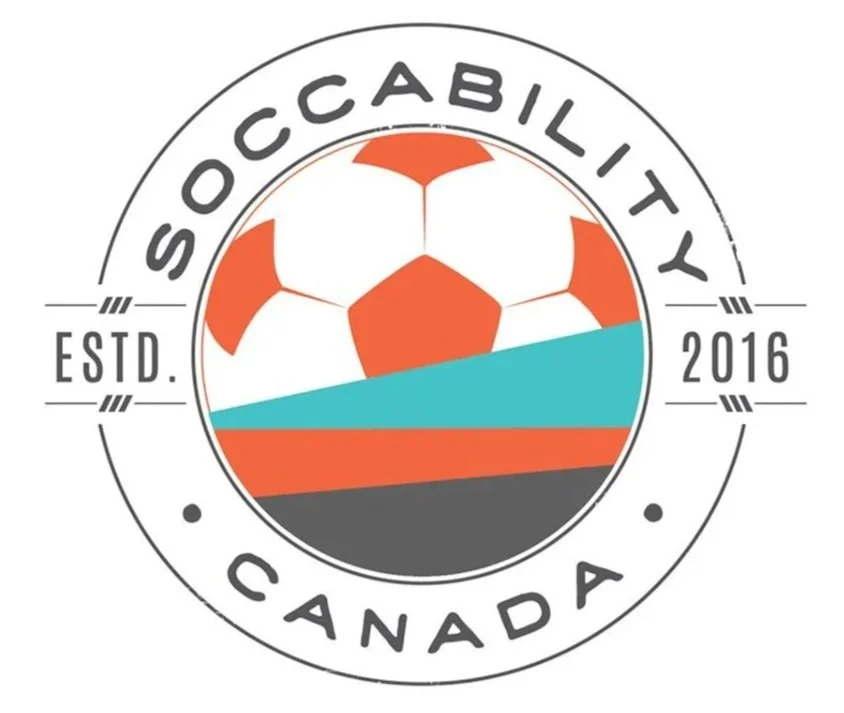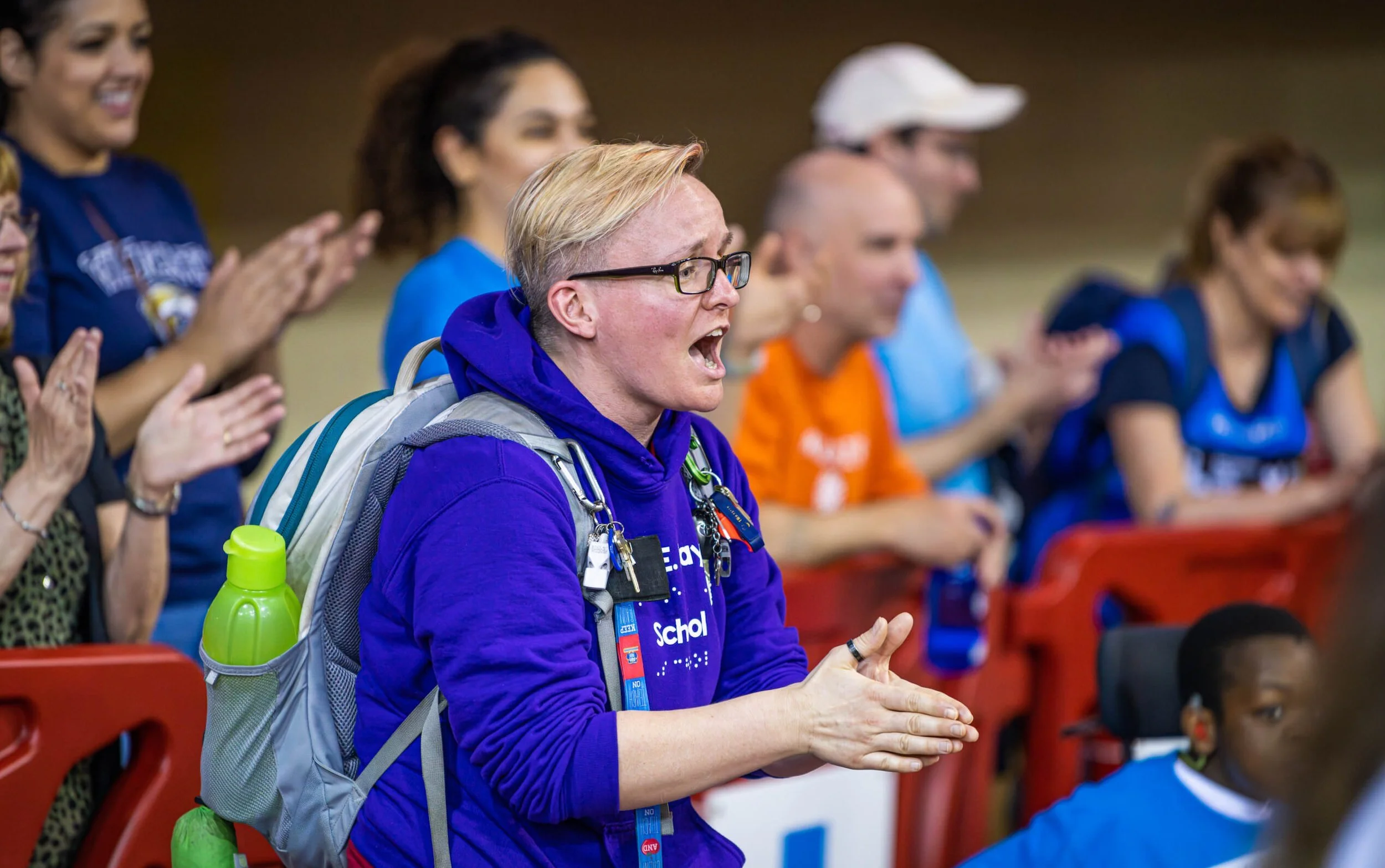
SOCCER
OVERVIEW & OBJECTIVE
The objective of soccer is to score more goals than the opposing team by kicking or heading the ball into the opponents’ net while preventing them from scoring on your net.
SOCCER FIELD
Playing area and team size can be adjusted for age, ability, or skill development.
EQUIPMENT
OFFICIAL
Equipment
Soccer balls (various sizes)
Goals
Coloured shirts
ALTERNATIVE
Equipment
Any ball - lighter weight & larger for students in wheelchairs, brighter colours and bell balls for blind or partially-sighted students
Benches or cones to mark goals
Guards for wheelchairs (if possible)
Bells on targets
Pinnies
SPACE Adaptations
Adjust size and shape of play spaces.
Increase space of movement for skills (to support mobility aids to move).
Use teams of 3 or 4 students at most.
Increase number of goals.
Use a smooth surface (gym floor, pavement, etc.) for those who use a chair or mobility device.
Use brightly coloured tape or markers to identify the space.
For student’s with developmental delays consider:
> Control number of peers in space
> Simplify task to 1 or 2 commands at a time
Two 3-on-3 Games
Four Sections to Practice Skills
TASK Adaptations
Simplify the rules and play small sided games.
Allow students time to practice without limitations e.g. shoot at the goal vs. shoot at the goal 10 times.
Use targets in the goal for aiming practice.
Focus on one skill at a time (i.e. passing).
Break down tasks into smaller, achievable parts.
Allow for variety in gameplay and expectations.
Take “time-outs” to rest and allow players to just watch others doing the skill.
Adjust time on task, type of ball used, and the practice setting to allow for sensitivities to sound, movement, and other environmental stimuli.
EQUIPMENT Adaptations
Lighter or softer balls.
Different coloured balls for visual clarity.
Larger goals.
Use sound to signal location of target and audible balls (with bells).
Guards added to chairs.
TIP: Try a yoga ball for wheelchair users if a chair guard is not available.
PEOPLE Adaptations
Allow assistance when necessary from peers or EA’s (Educational Assistants).
Provide opportunity for everyone to try different roles and positions.
Adjust team sizes for more touches on the ball (i.e. 3 vs. 3).
Implement buddy system/peer tutoring.
TEACHING CUES FOR MOVEMENT SKILLS
DRIBBLE
PASS
RECEIVE A PASS
SHOOT
DRIBBLE
Use soft taps with the inside and outside of both feet keeping the ball close.
Stay on your toes, light and ready to move in any direction.
Eyes up looking for space and teammates.
Push, don’t kick, and guide the ball.
Keep your body between the ball and a defender.
PASS
Keep your eyes on the ball and look at your target before you pass.
Plant your non-kicking foot to aim where you want the ball to go.
Strike with the inside of your foot for accuracy, or top of your foot (where your shoe laces are), for power.
Follow through by swinging your kicking leg towards the target.
Photo courtesy of Défi sportif Altergo © François Mellet
RECEIVE A PASS
Get in line with the ball by moving your body to the ball.
Keep your eyes on the ball.
Control the ball using the inside of your foot, chest, or thigh.
Cushion the ball to absorb the momentum and push towards the ground.
Look up after controlling and prepare for your next move to pass, dribble, or shoot.
Photo courtesy of Défi sportif Altergo © François Mellet
SHOOT
Keep your eyes on the ball.
Approach the ball with control and stay balanced and ready.
Plant your non-kicking foot beside the ball, toe to target.
Strike the center of the ball with the laces (top of your foot) for power.
Lean your body slightly forward with your chest over the ball.
Follow through toward the goal.
Photo courtesy of Défi sportif Altergo © François Mellet
ACTIVITIES & SKILL DEVELOPMENT
RED LIGHT, GREEN LIGHT
BALL WARM-UP IDEAS
OBSTACLE COURSE
SPOT SHOT
DECK RING SOCCER
RED LIGHT, GREEN LIGHT
Collect a red cone and a green cone.
When you hold up a green cone and shout “green light”, the participants move their ball around with their feet, or wheelchair (use large ball for wheelchairs).
When you hold up a red cone and shout “red light”, the participants stop the ball with the bottom of their foot or hand when adaptation is necessary (could have a partner if unable to stop themselves).
Add "yellow light" for slow dribbling to work on control.
BALL WARM-UP IDEAS
Toe Taps: Lightly tap the top of the ball with alternating toes (or sides of chair)
Heel-to-Toe Rolls: Roll the ball forward from heel to toe using your right foot
Circle Rolls: Roll the ball in a circle trying both feet (push in a circle with chair).
Drop and Trap: Pick up the ball, drop it, and gently trap it under your foot.
Inside-to-Inside: Use the inside of your feet to push the ball back and forth.
Create Your Own Move: Show a new move or trick with the ball.
OBSTACLE COURSE
Create an obstacle course out of cones, hoops, or other items (consider if items chosen would be prohibitive for students that use mobility devices to participate).
Players move their ball around the course, completing skills such as dribbling, stopping, and shooting as they go.
Larger courses can be set for students that use a mobility device.
SPOT SHOT
Organize students into teams of 3 or 4 people.
Spread poly spots and cones around the area in front of a net or nets.
Students dribble out to a poly spot or cone and stop their ball and take a shot.
If students score, pick up the cone or poly spot and take it back to their team.
If students miss it, return back to team.
DECK RING SOCCER
Give each student a ball or have them in pairs sharing a ball.
Spread hula hoops, poly spots, or deck rings, around the gym.
Have students move around the gym trying to place their ball on the deck rings/hula hoops/poly spots.
Have them count as they hit each target.
This helps the students discover the importance of using all parts of each foot, or best ways to maneuver their mobility device to maintain control over the ball.
ADDITIONAL LEARNING
REFERENCES
Session Curriculum. Soccability Canada. 2024 www.soccability.ca
Fundamental Movement Skills Cue Cards. School Physical Activity and Physical Literacy Project. 2025
Inclusion of Students of All Abilities in School-Based Physical Activity Experiences. PHE Canada. 2023. Retrieved May 15, 2025. School-Based Physical Activity Experiences for Students of All Abilities | PHE Canada.

